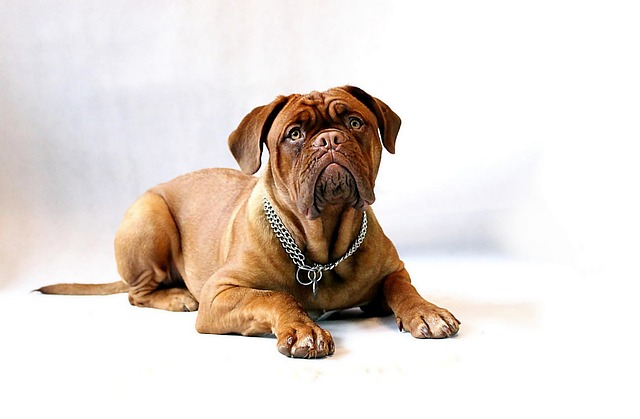
How do i train my dog to be obedient?
Watching your dog dart across the park ignoring your calls isn’t just frustrating—it can put them at risk near busy streets or public spaces.
New puppy owners often hover over their tiny, wiggly furballs, wondering when to start teaching basic skills like “sit” or “come.” The answer isn’t about waiting for a magic birthday—it’s about starting small, early, and matching lessons to what your dog can handle right now. Rushing into complex training too soon can confuse them, while waiting too long might let unwanted habits, like jumping on guests, stick.
Most trainers agree that dog training can begin as early as 8 weeks old, when puppies start adjusting to their new homes. At this age, their brains are like sponges—they pick up on routines, sounds, and boundaries quickly. Try short sessions: 5 minutes of practicing “sit” before mealtime, using a tiny piece of kibble as a reward. This feels like play to them, not work, and builds a foundation for later lessons. Just avoid long drills; puppies have short attention spans, and pushing them will lead to frustration.
While 8–16 weeks is often called the “critical socialization period,” older dogs can learn too—don’t let a rescue’s age stop you. A 2-year-old lab might need more patience unlearning jumping, but they’ll still thrive with consistent, positive training. Many local laws even tie training to responsibility: in some areas, dogs that pass basic obedience tests have fewer restrictions in public spaces, like off-leash parks.
 Timing matters for specific skills, too. Potty training should start day one—take your puppy outside after naps, meals, and playtime, and praise them wildly when they go. Leash training can begin around 10 weeks, once they’re comfortable with a harness, but keep walks slow and short to avoid tiring their growing joints. Avoid harsh methods like shock collars; not only are they ineffective, but many places in Europe and North America ban or restrict them under animal welfare laws.
Timing matters for specific skills, too. Potty training should start day one—take your puppy outside after naps, meals, and playtime, and praise them wildly when they go. Leash training can begin around 10 weeks, once they’re comfortable with a harness, but keep walks slow and short to avoid tiring their growing joints. Avoid harsh methods like shock collars; not only are they ineffective, but many places in Europe and North America ban or restrict them under animal welfare laws.
Socialization is part of training, and it’s non-negotiable during those early weeks. Let your puppy meet calm, vaccinated dogs, friendly kids, and people in hats or coats—this helps them feel safe in new situations later. Skipping this can lead to fear-based behaviors, which are harder to fix. Some cities even offer free or low-cost puppy socialization classes, which double as a way to connect with other owners and learn local rules.
The “best age” for training is really about starting when your dog is ready—and sticking with it for life. A puppy’s early lessons set the stage, but older dogs still love learning new tricks. By pairing training with kindness and following local laws, you’re not just raising a well-behaved dog—you’re building a strong bond that lasts. And that’s the real goal, whether you’re working with a tiny puppy or a wise senior pup.

Watching your dog dart across the park ignoring your calls isn’t just frustrating—it can put them at risk near busy streets or public spaces.

New puppy owners often find themselves rushing to clean up accidents before they set in, and that’s where puppy pad training becomes a game-changer.

If you've noticed your dog's waistline disappearing and your veterinarian has mentioned those few extra pounds, your first instinct might be to simply reduce the amount of food in their bowl.

Training a dog to use a designated spot indoors isn’t as daunting as many new owners fear, but it does take consistency and an understanding of your pet’s needs.

That moment of dread on a walk is all too familiar for many new dog owners. You see another dog approaching down the sidewalk of your neighborhood

If the sight of another dog on your neighborhood walk makes your heart sink as your own dog erupts into a frenzy of barking and lunging, you're not alone.